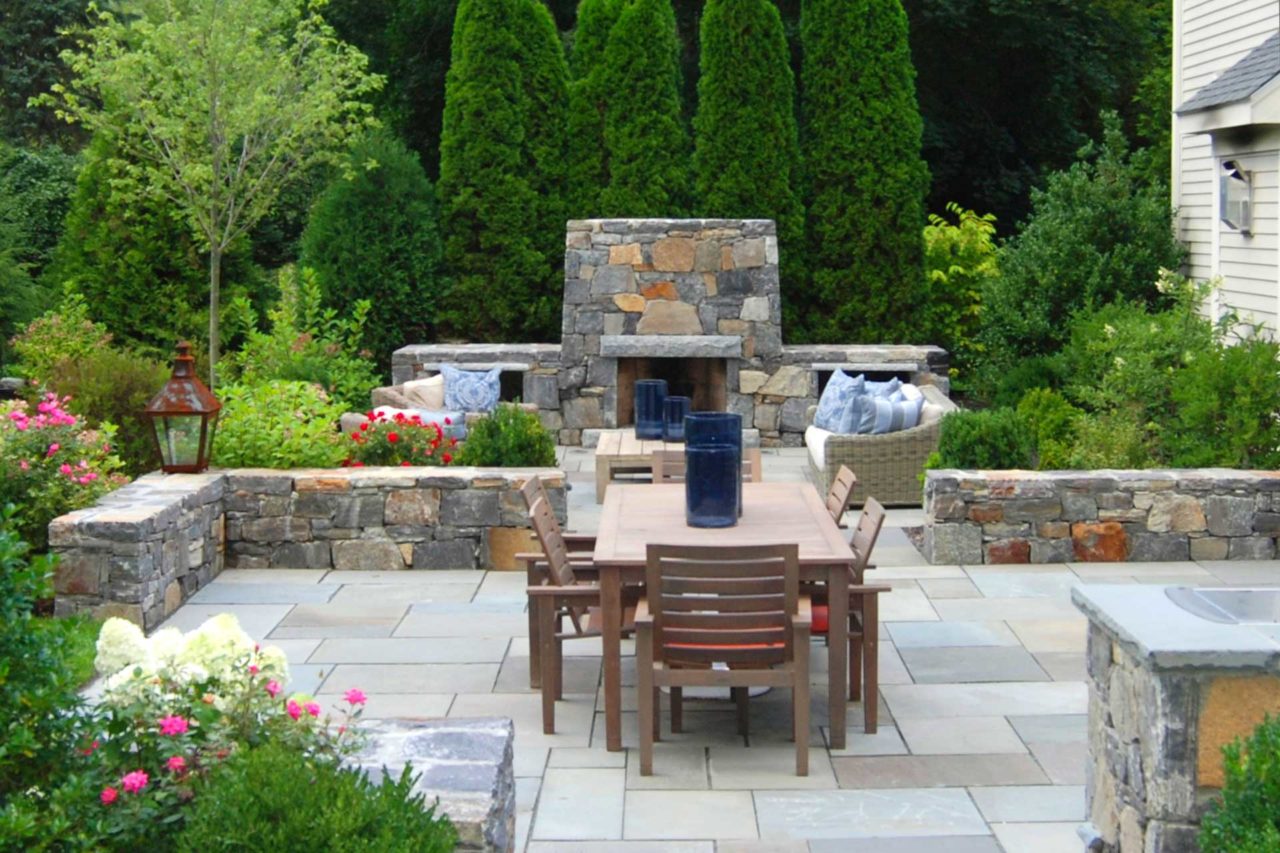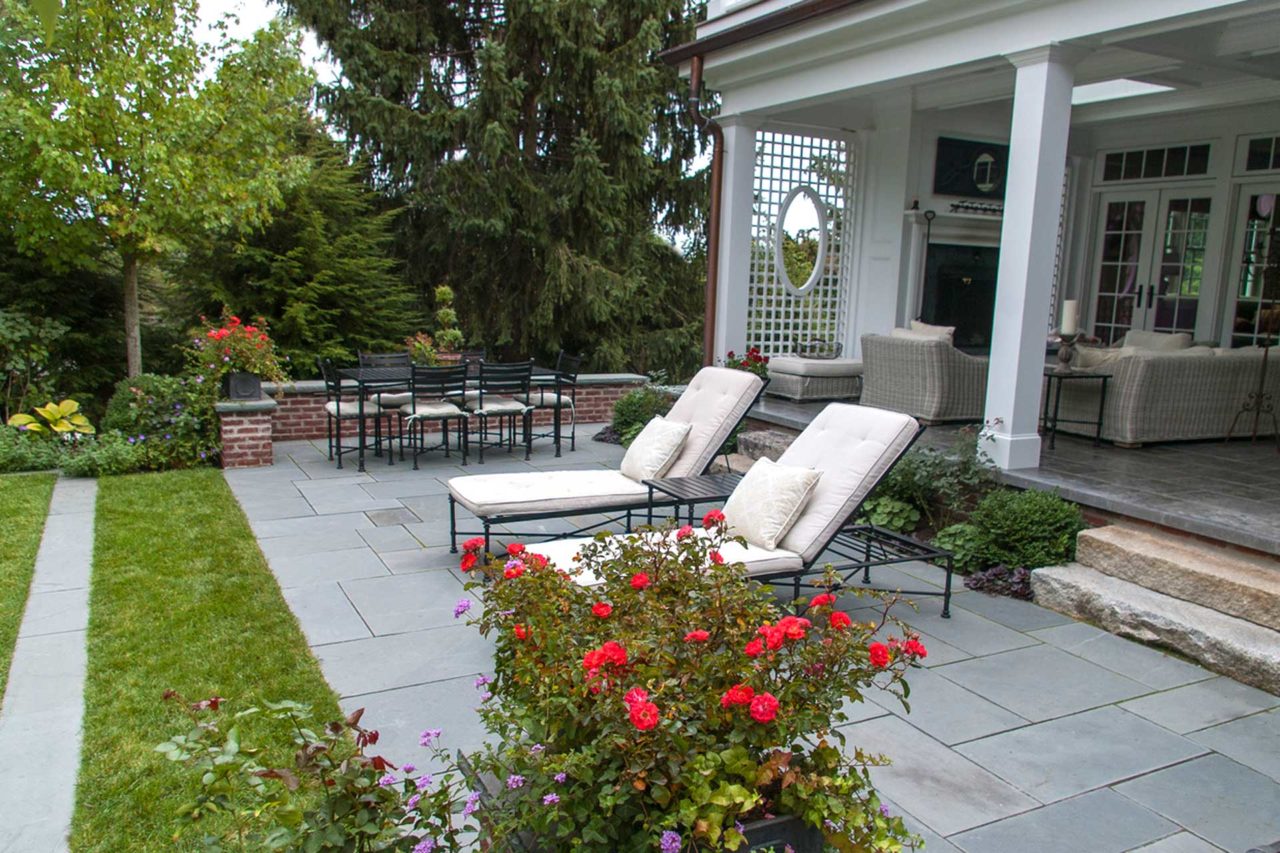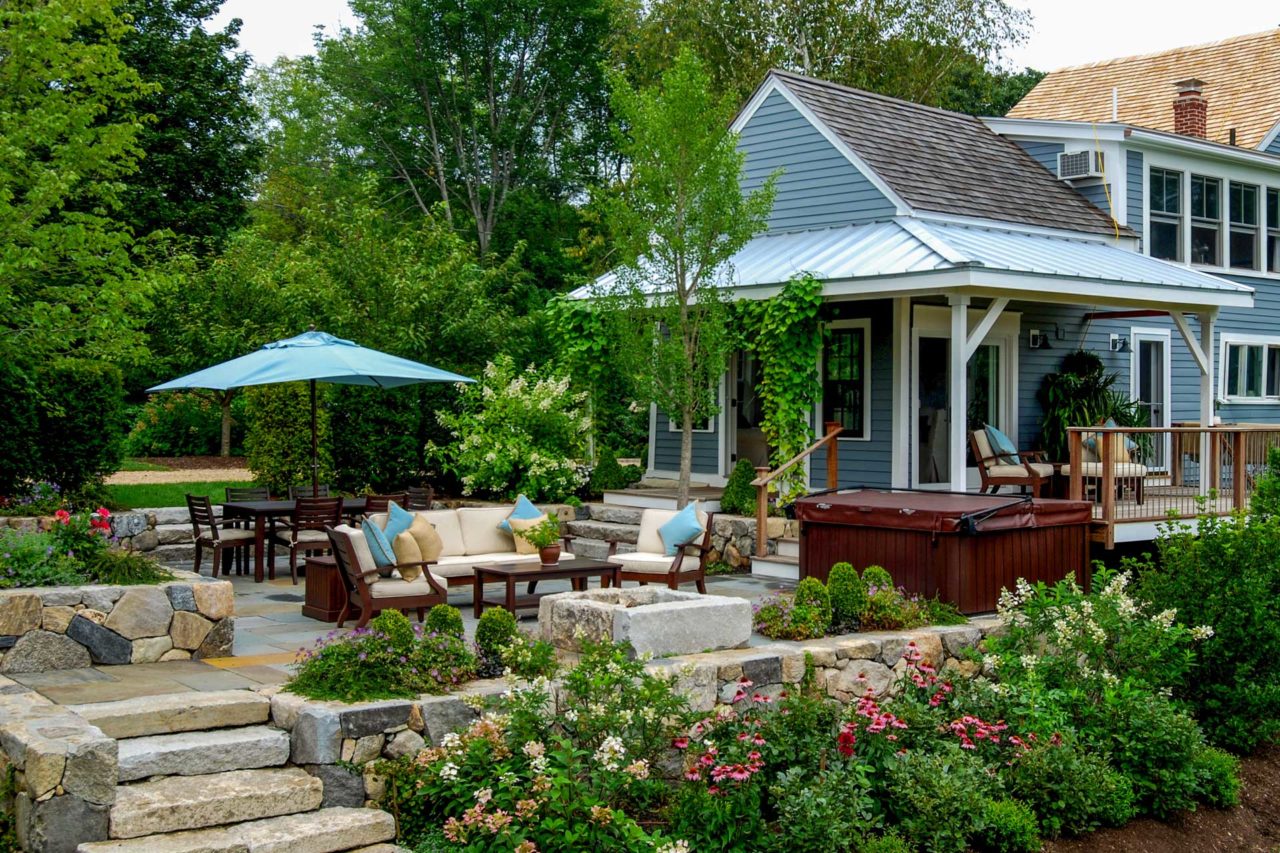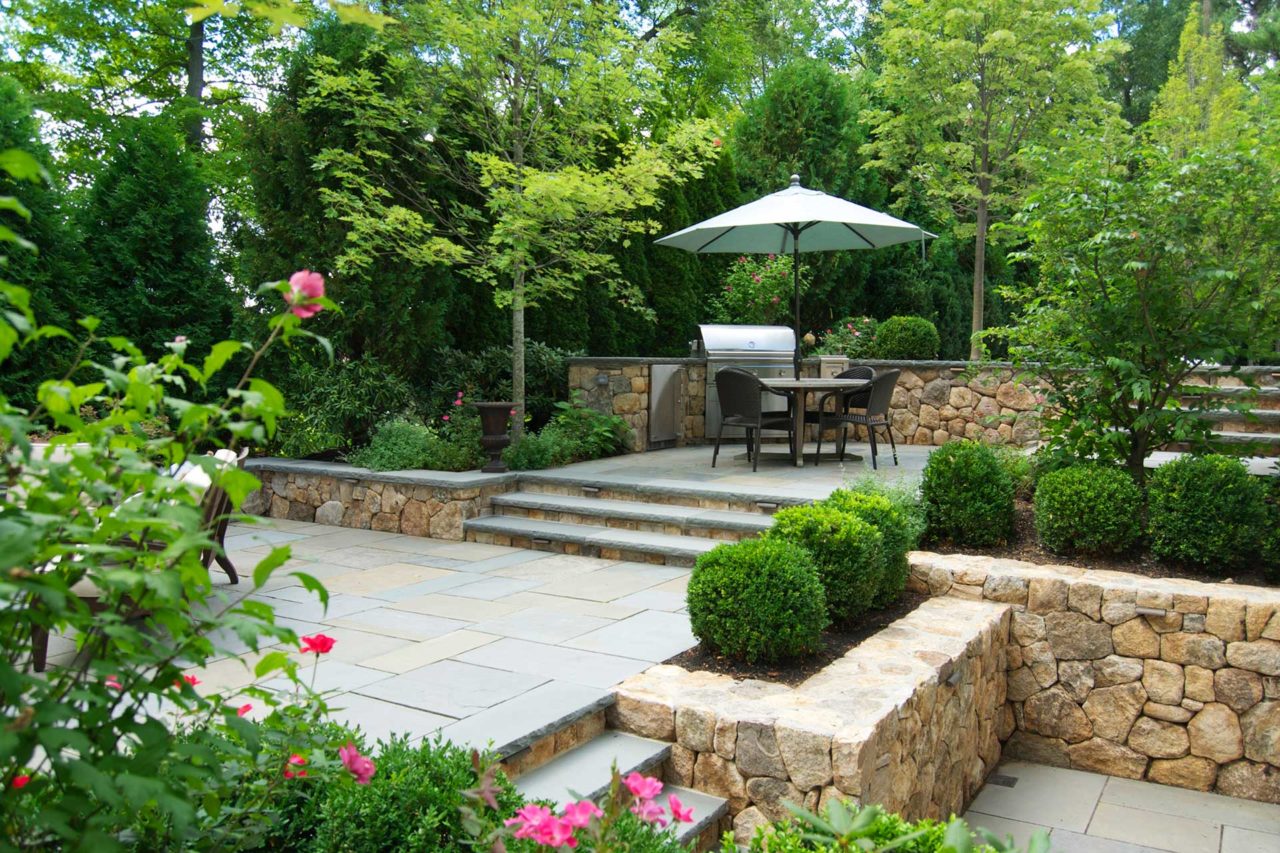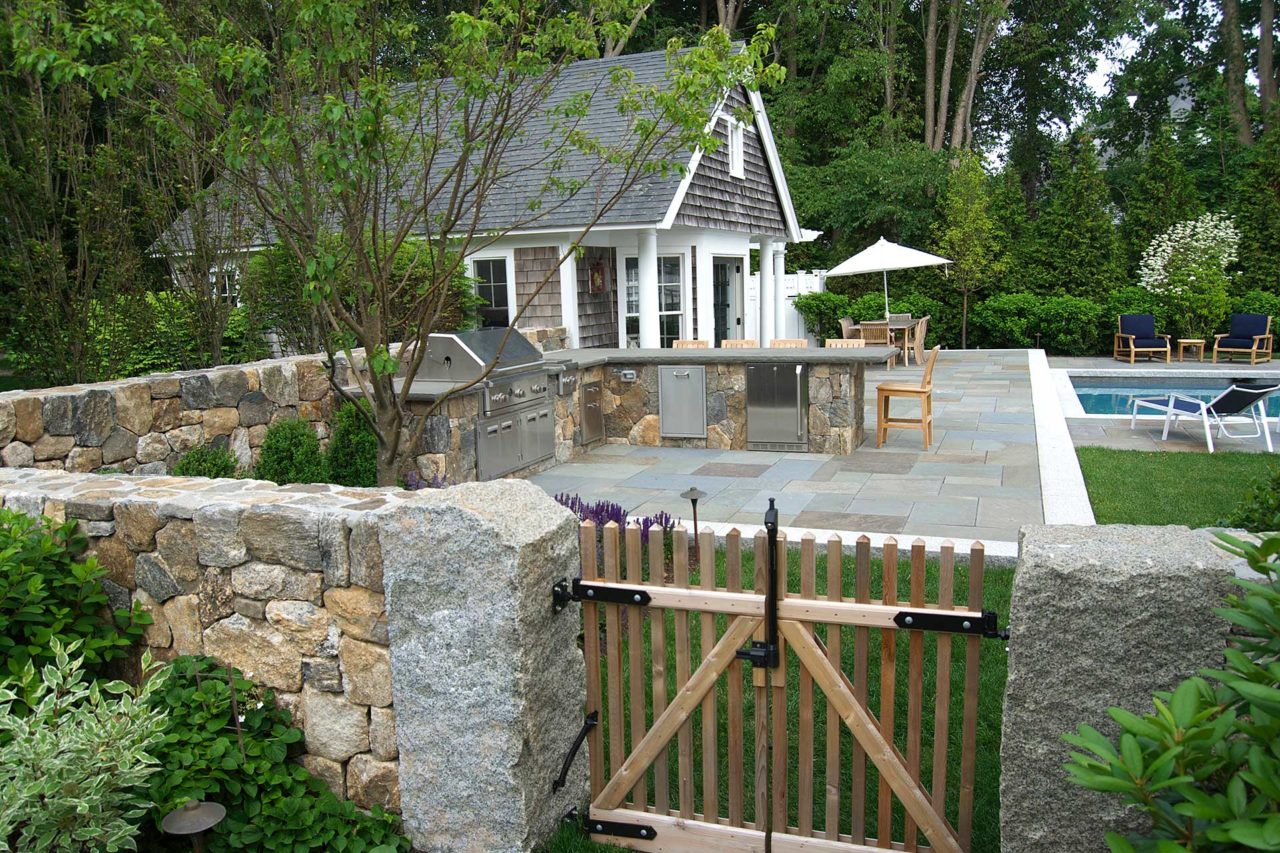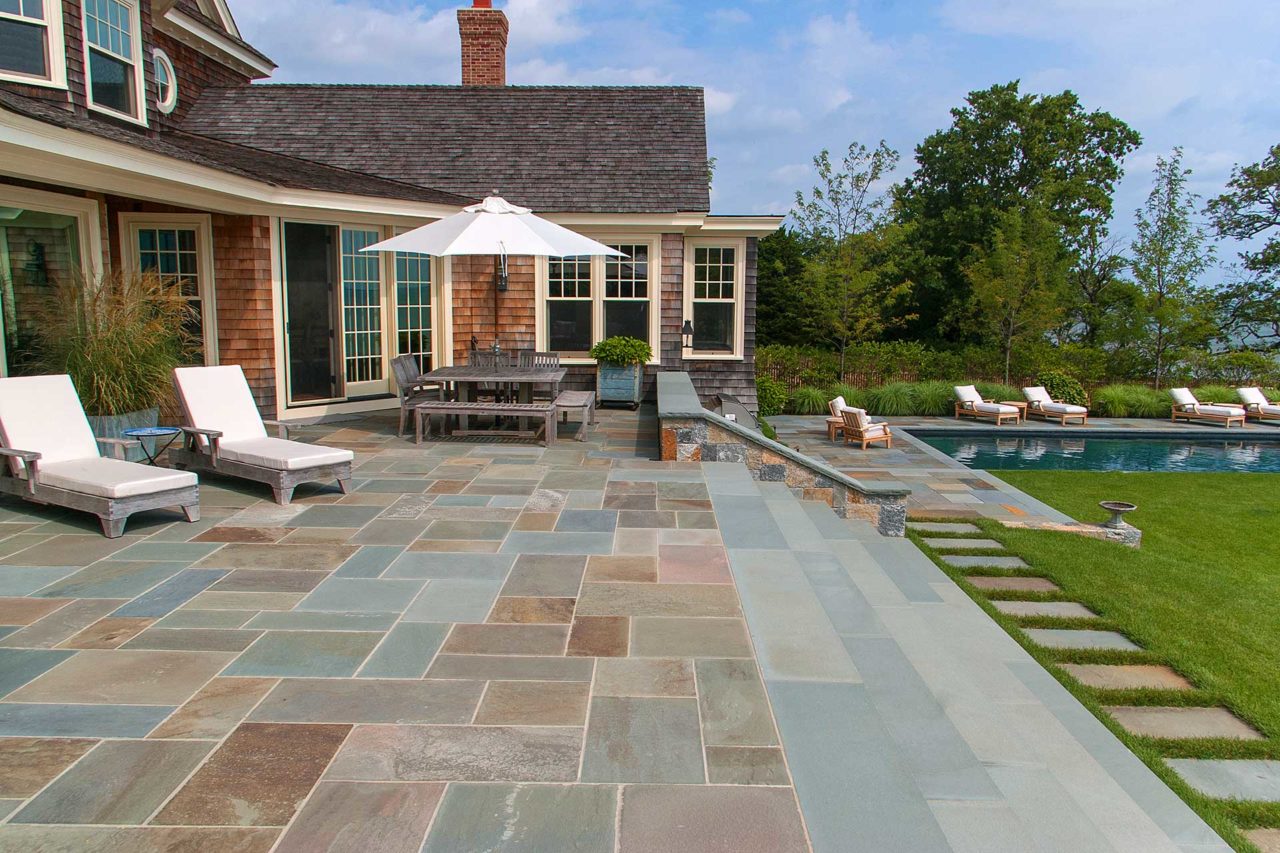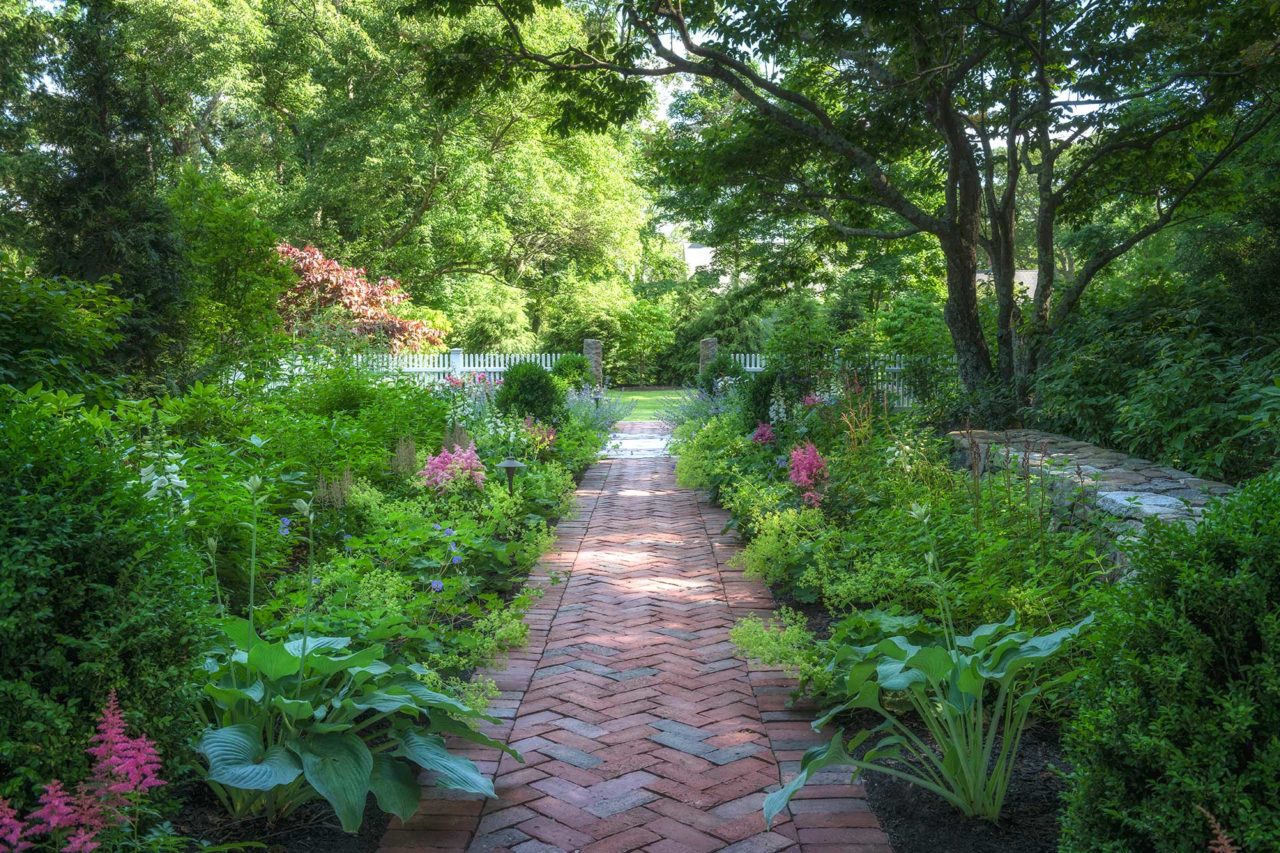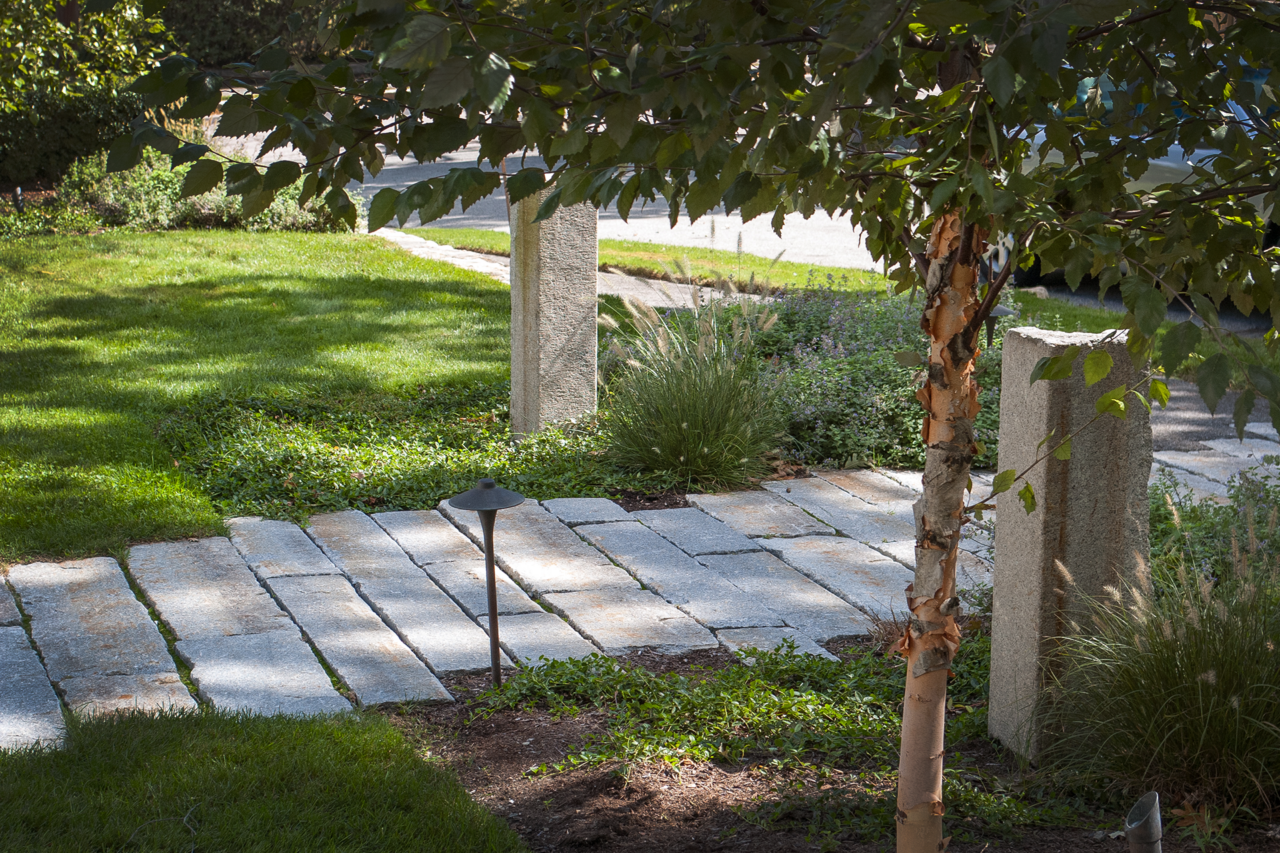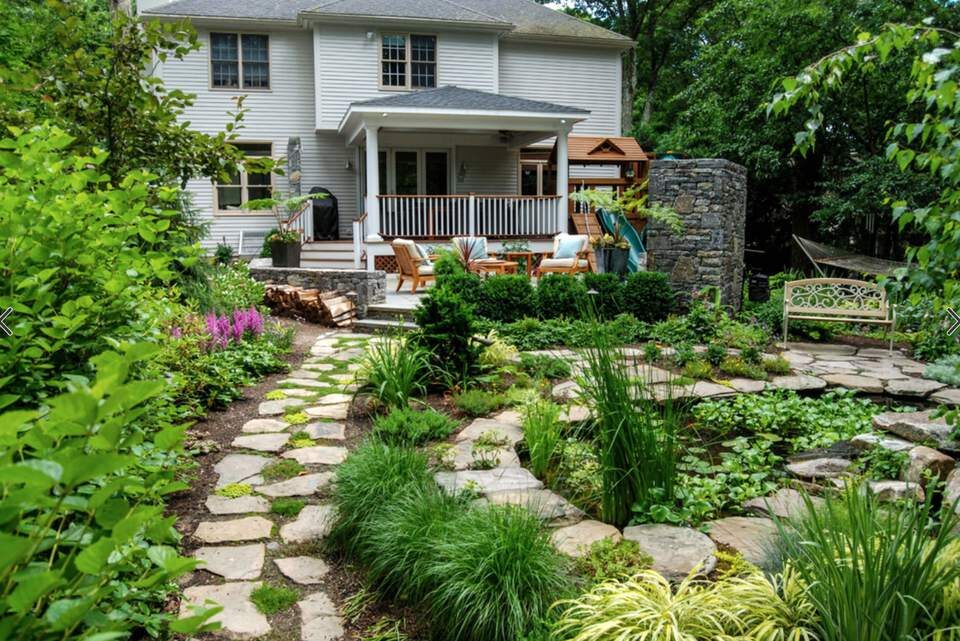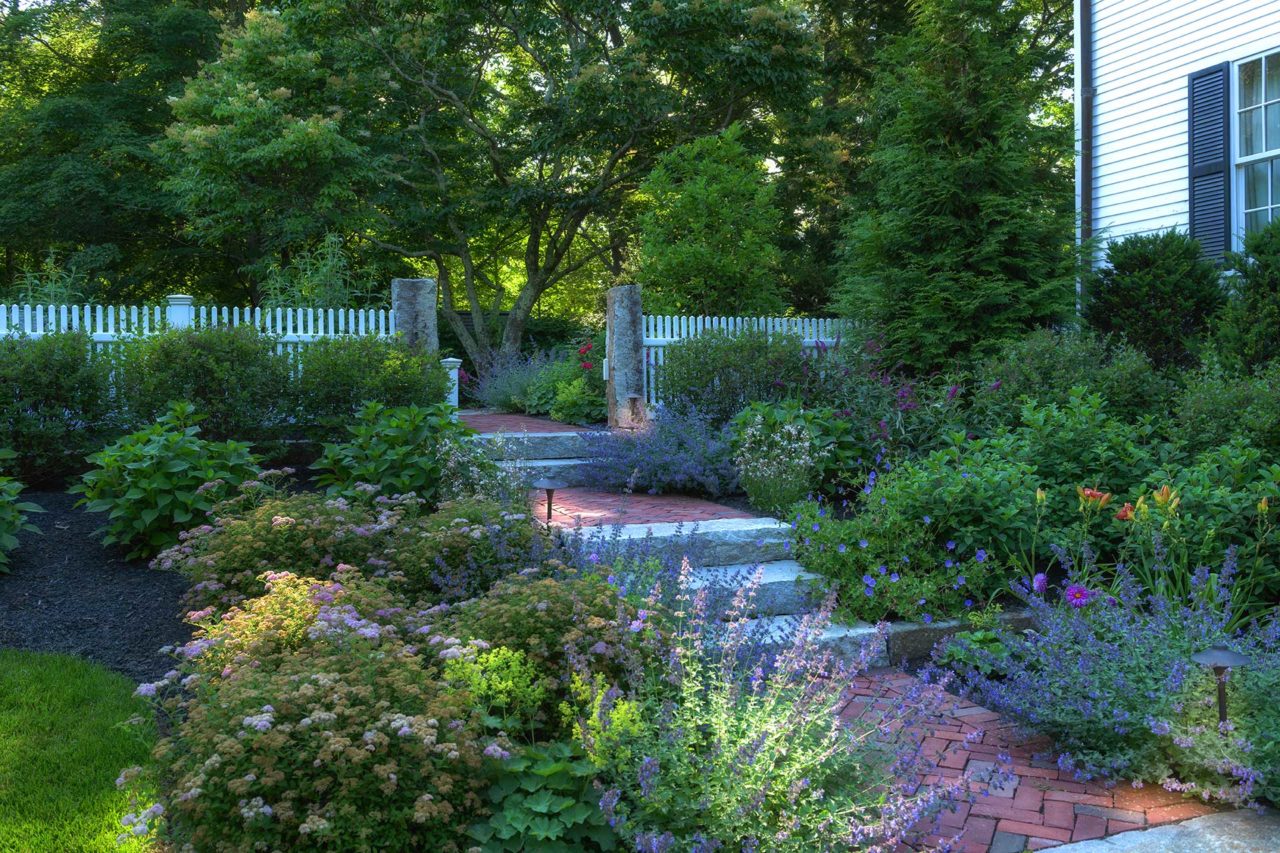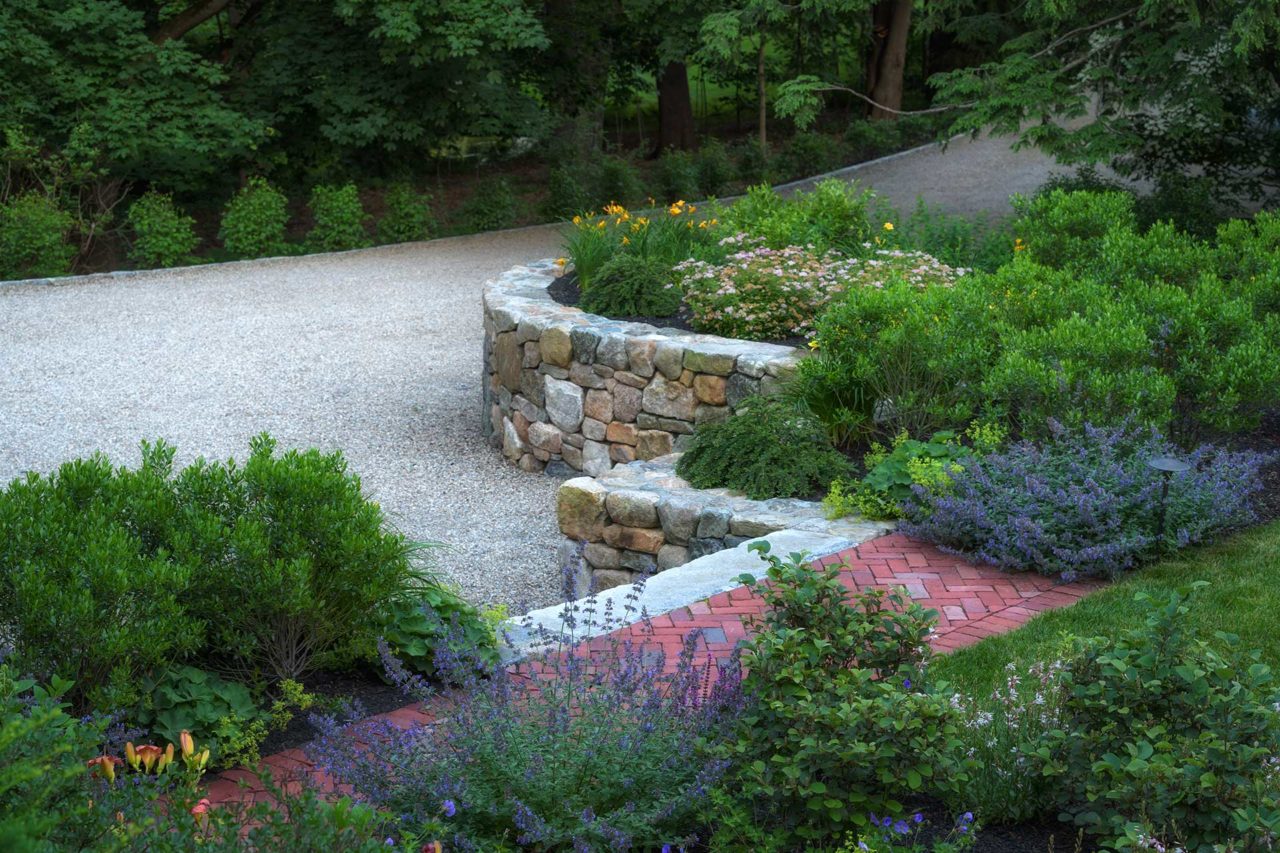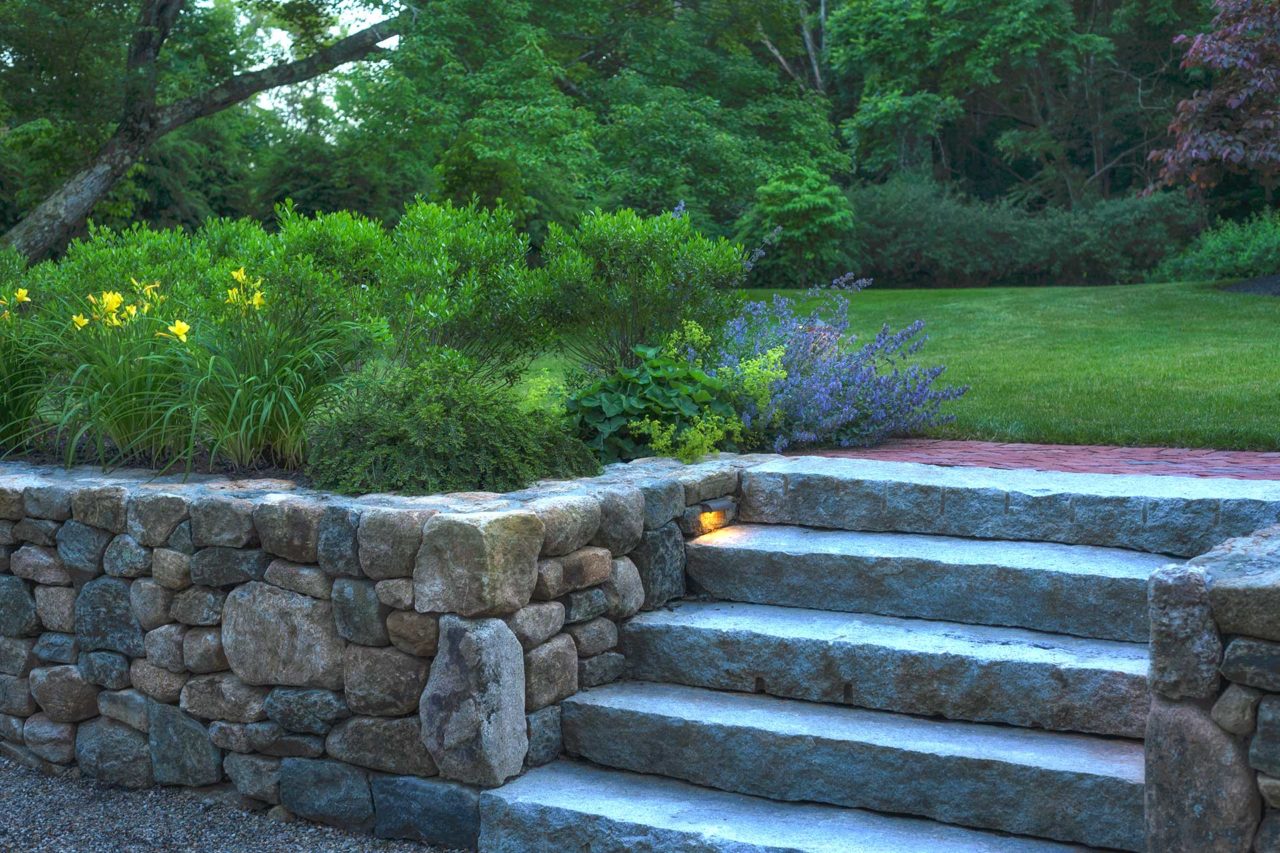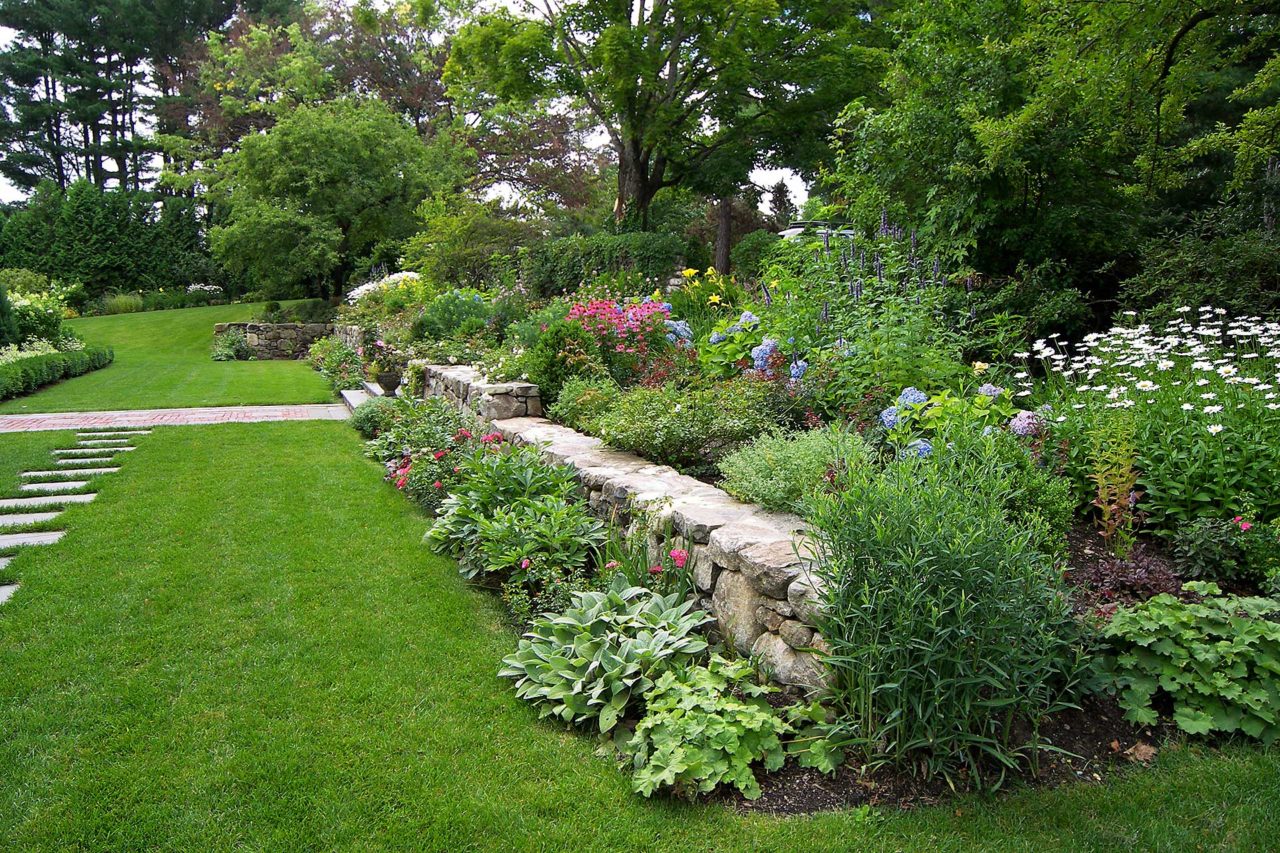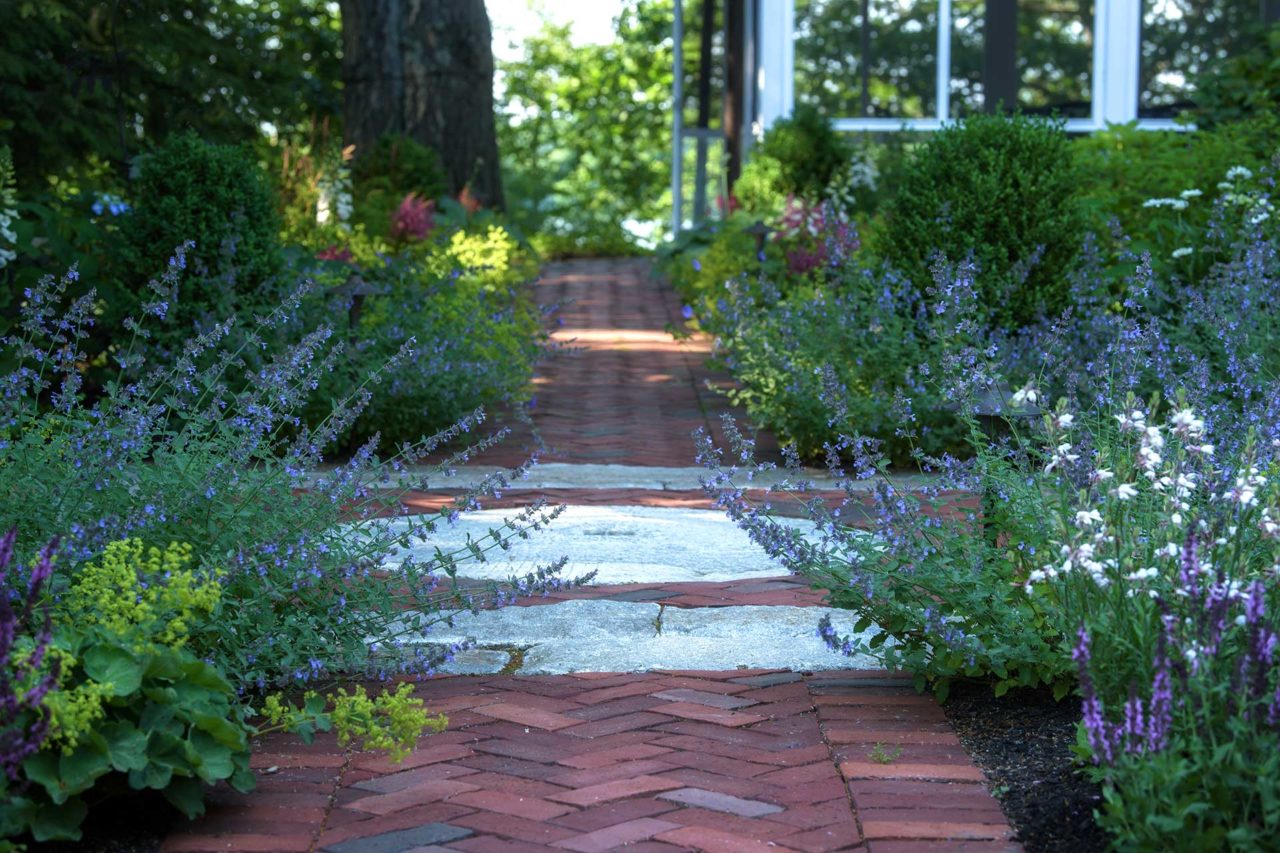When homeowners consider outdoor upgrades, it’s easy to focus on greenery, garden beds, or new plantings. But there’s another side of landscape design that delivers equal—if not greater—impact: hardscaping. Well-designed hardscape features like patios, walkways, and retaining walls provide structure, usability, and long-term return on investment (ROI) that softscape elements alone can’t offer.
The right masonry or stonework project not only boosts curb appeal but can also increase property value, expand outdoor living space, and solve functional challenges like drainage or slope management.
In this post, we’ll help you prioritize which hardscaping elements are worth your time and budget. Here’s how patios, walkways, and retaining walls compare—and what to consider when deciding which to tackle first.
Key Takeaways
- Not all hardscape projects deliver equal return — this post helps you choose between patios, walkways, and walls to maximize value.
- You’ll get criteria: visual impact, functionality, maintenance, and cost vs reward.
- It empowers you to prioritize features that will pay off both now (useability) and later (resale appeal).
Patios: High ROI, High Usability
Patios are often considered the cornerstone of residential hardscaping—and for good reason. They create functional, versatile outdoor spaces for dining, entertaining, or relaxing. In real estate terms, a patio is often seen as an extension of the home’s living space, which makes it attractive to buyers and practical for homeowners.
Why Patios Add Value
Patios increase your home’s usable square footage without the need for major construction, making them a smart and efficient upgrade. They offer a high return on investment, particularly in regions where outdoor living is a valued part of the lifestyle. A well-designed patio also serves as an ideal foundation for popular features like outdoor kitchens, fire pits, or lounge seating areas. When built with durable materials such as natural stone or concrete pavers, patios require minimal maintenance and provide long-lasting functionality and style.
Materials That Matter
Homeowners have options ranging from natural stone, bluestone, and flagstone, to concrete pavers or brick. Each has a different aesthetic and price point, but all are strong, weather-resistant, and long-lasting when properly installed.
Expert Tips for Patios:
- Think about flow: Position the patio near a kitchen or indoor common area for easy access.
- Size it right: Allow for enough space to move around furniture comfortably.
- Choose non-slip surfaces: This is especially important for poolside patios or shaded areas.
- Seal and edge well: Prevent weed growth and shifting with proper masonry edging and sealing.
- Plan for lighting: Add hardwired or solar lights to improve safety and ambiance.
Expert opinion: If you want the best blend of form, function, and ROI, a professionally installed patio is a top choice.
Walkways: Curb Appeal with Purpose
Walkways are often overlooked—but they’re one of the most visible and practical hardscaping features on any residential property. They guide guests to your front door, connect garden areas, and make outdoor spaces more navigable and cohesive.
Whether you’re upgrading an aging path or adding a new one, walkways offer both aesthetic and functional returns.
Why Walkways Add Value
Walkways play a key role in improving first impressions and enhancing the overall appeal of your home’s entryway. They also increase safety by providing defined, level surfaces that reduce the risk of trips or falls. By guiding foot traffic along a designated path, walkways help prevent lawn damage and soil compaction. When designed with cohesive materials, they can also visually connect your front and backyard, creating a more unified and intentional landscape design.
Common Materials for Walkways
Choose from cut stone, cobblestone, brick pavers, or stamped concrete to match your home’s architectural style. Permeable pavers also allow for better drainage in rain-prone areas.
Tips for Residential Walkways:
- Use curves wisely: Gentle bends feel more natural and soften sharp landscape lines.
- Keep width in mind: A minimum of 3 feet wide allows two people to walk side-by-side.
- Match or complement your home exterior: Consistency creates visual harmony.
- Light it up: Low-voltage path lights improve safety and appearance.
- Consider drainage: Grade the walkway slightly to avoid water pooling.
Expert opinion: For front-yard curb appeal and backyard connectivity, walkways offer a subtle but lasting return.
Retaining Walls: Function with a Structural Payoff
While patios and walkways focus on enjoyment and accessibility, retaining walls serve a vital structural role in many landscapes. They hold back soil, prevent erosion, and create level spaces on sloped properties. A retaining wall may not always be a “want,” but in many yards, it’s a necessity—and one that adds significant value.
Why Retaining Walls Add Value
Retaining walls are a functional and visually impactful addition to residential landscapes. They help solve drainage and erosion issues, especially on sloped properties, by holding soil in place and managing water flow. By leveling uneven ground, retaining walls can also transform steep areas into usable space for planting beds or seating zones. In the long term, they protect surrounding structures from damage caused by shifting soil or water runoff. Beyond their utility, well-designed retaining walls add depth and architectural interest, enhancing the overall look and structure of the yard.
Material Options
Segmental retaining wall blocks, natural fieldstone, and dry-stacked stone are popular for residential properties. For a polished look, consider a veneer stone face over a concrete core.
Homeowner Tips for Retaining Walls:
- Prioritize drainage: Poor water management is the #1 reason retaining walls fail.
- Start with a landscape plan: A retaining wall affects elevation and flow—design accordingly.
- Check local codes: Some walls require permits or engineering approval.
- Layer with purpose: Use walls to create tiered gardens or divide outdoor zones.
- Use professional installers: DIY retaining walls often lack the stability needed for longevity.
Expert opinion: If your yard has slopes, erosion, or drainage concerns, a retaining wall is a smart investment with both aesthetic and functional returns.
Which Project Should You Prioritize?
Every homeowner’s needs are different. But when it comes to hardscaping ROI, start with the project that solves a problem and adds usable space. If your backyard lacks a place to gather, prioritize a patio. If your front yard feels uninviting, add or upgrade a walkway. And if your landscape has slope or water issues, a retaining wall may need to come first.
Also consider how hardscaping ties into the rest of your landscape. Coordinated design between softscaping (plants, trees, lawns) and hardscaping (stonework, patios, paths) makes your yard feel cohesive and complete—while maximizing the return on every square foot.
Final Thoughts: Long-Term Value Comes from Quality Design and Installation
High-quality hardscaping isn’t just about materials—it’s about craftsmanship, proper drainage, site grading, and choosing the right features for your specific property. Done well, patios, walkways, and retaining walls become lasting assets that require little upkeep and age beautifully over time.
If you’re planning to sell in the future, these upgrades can make a powerful impression on potential buyers. But even if you’re staying put, you’ll enjoy a more functional, attractive outdoor space that reflects the style and quality of your home.
Ready to Add Hardscaping to Your Yard?
Whether you’re dreaming of a backyard patio, reworking a stone walkway, or solving slope challenges with a retaining wall, a Blade of Grass is here to help. Our expert team designs and installs custom hardscaping solutions using premium materials and proven masonry techniques—tailored to your home, lifestyle, and landscape.
Contact us today to schedule a consultation and take the first step toward a more functional, beautiful outdoor space.
